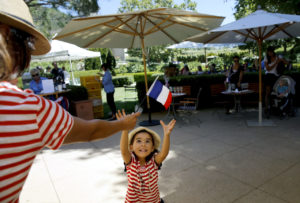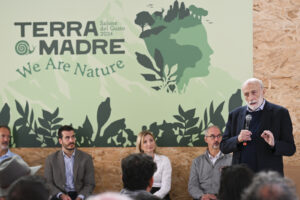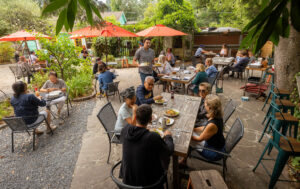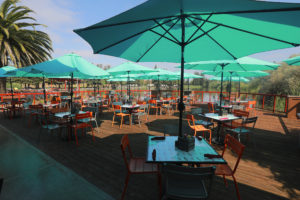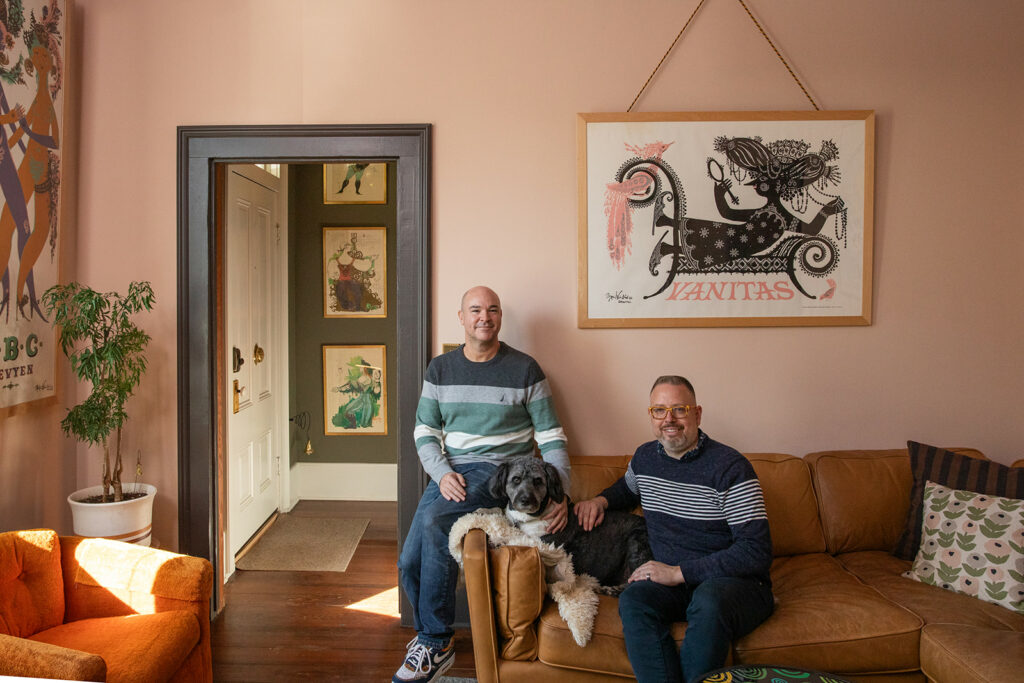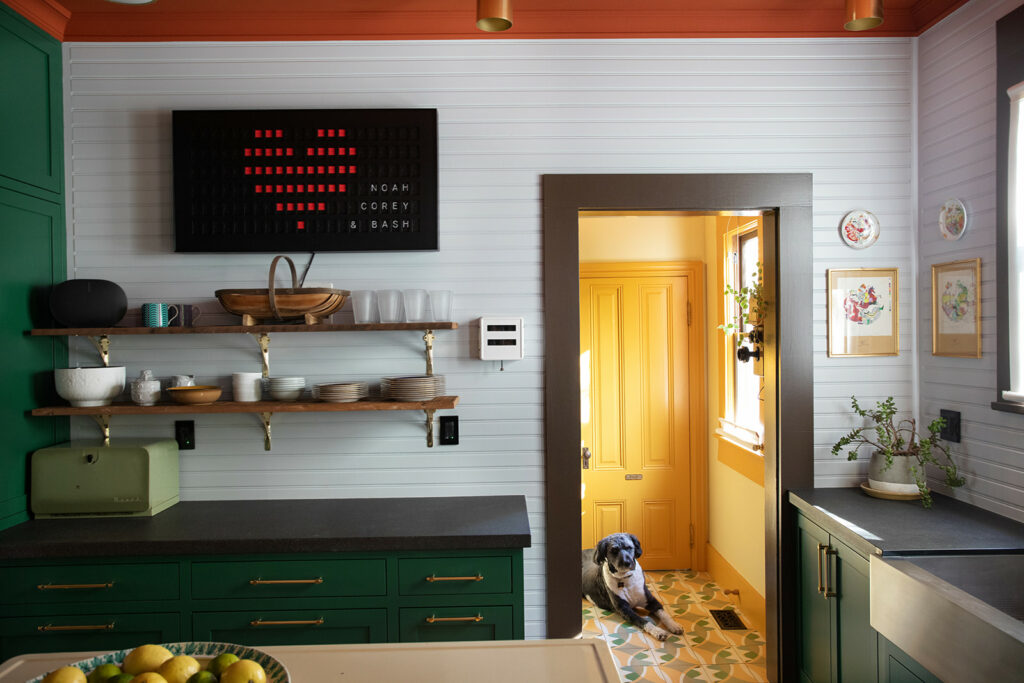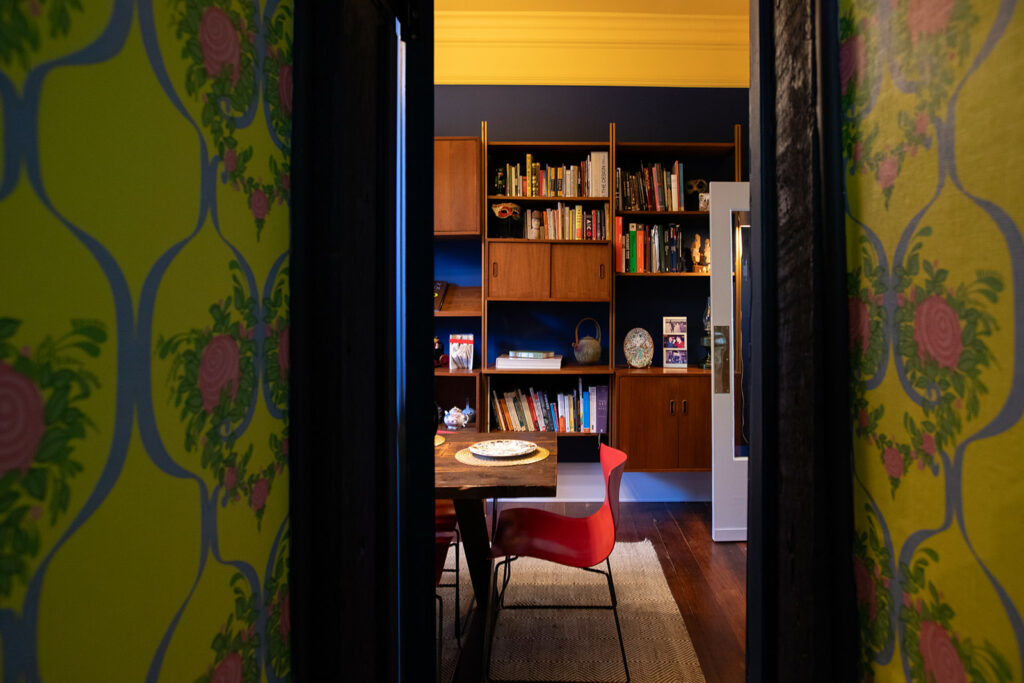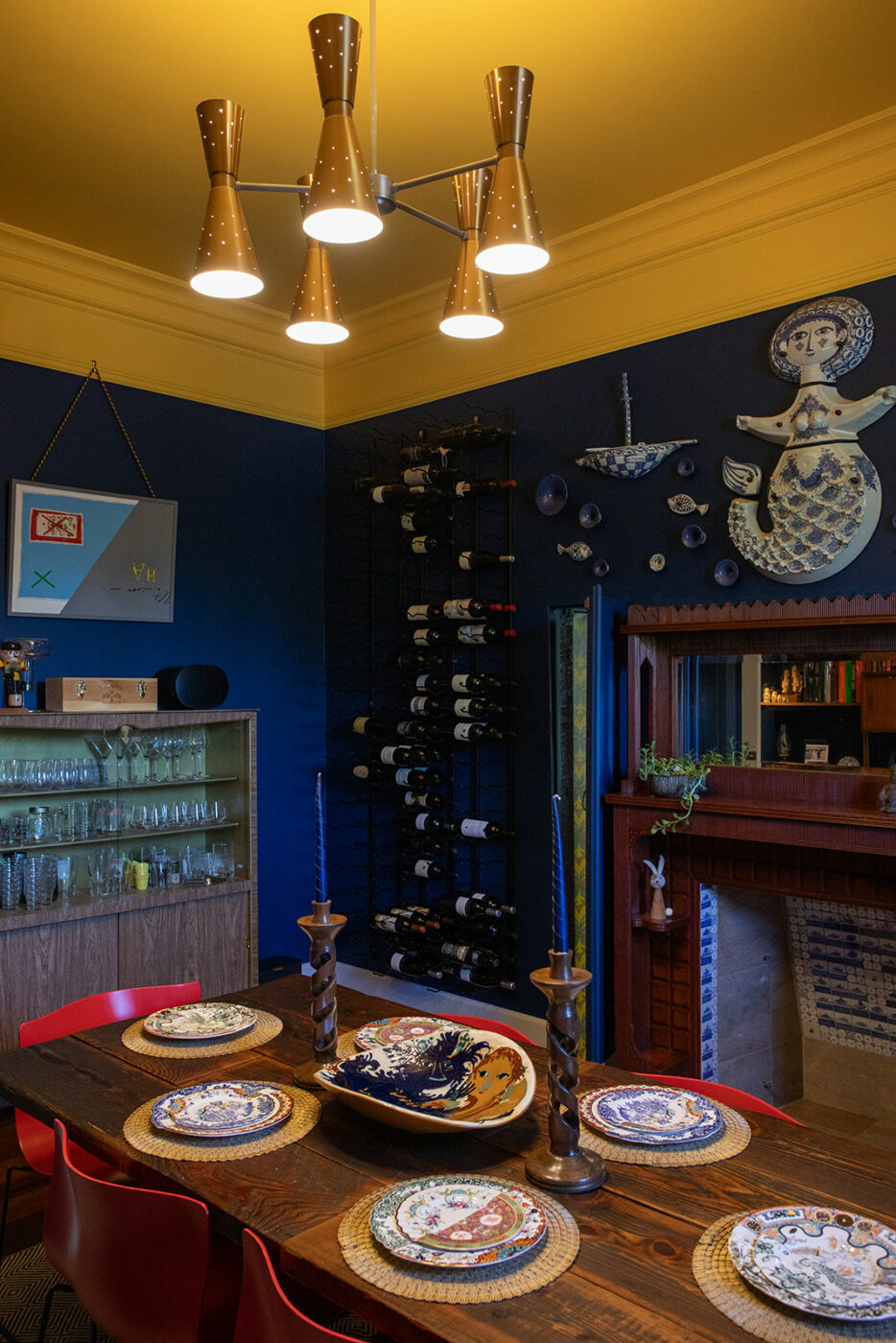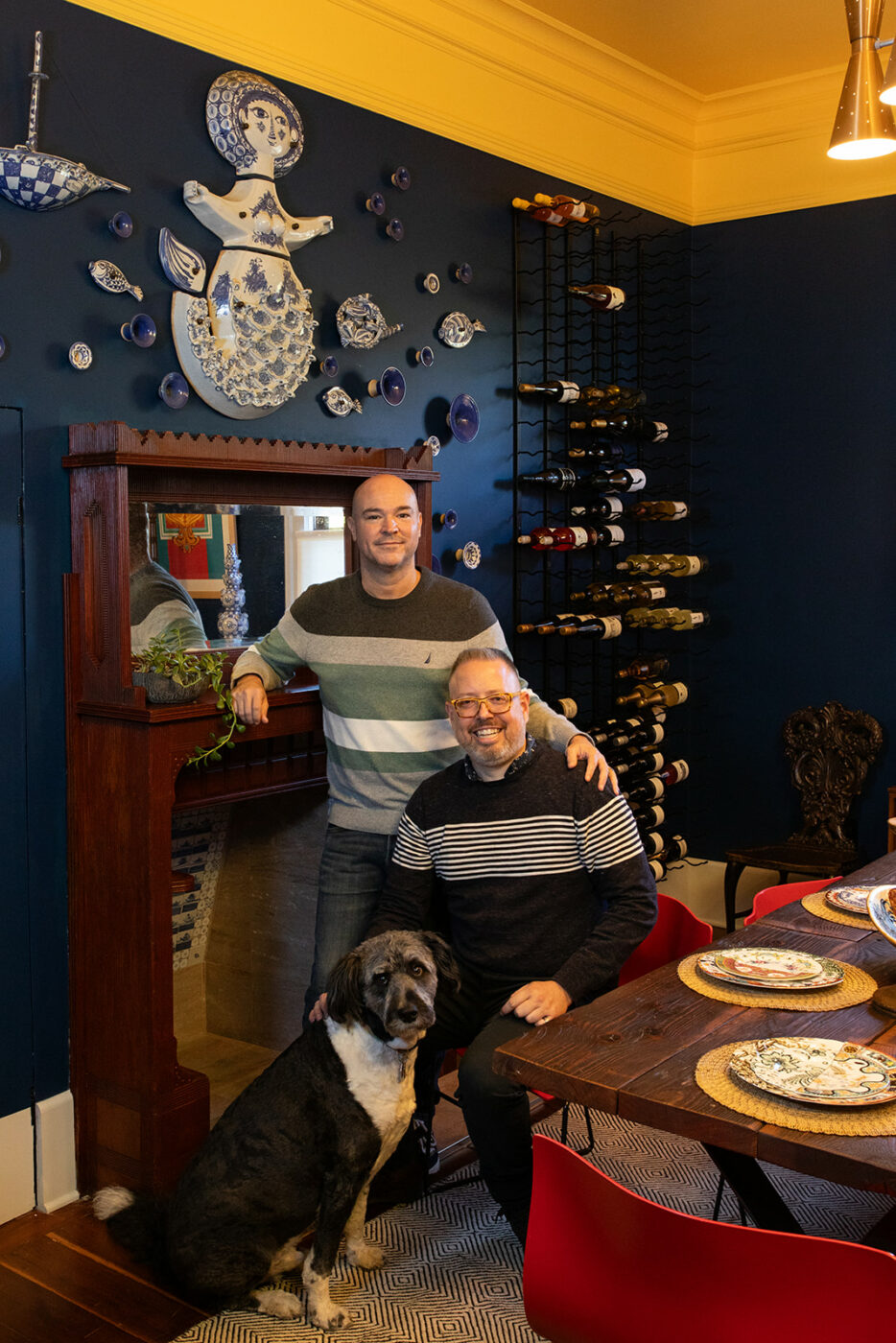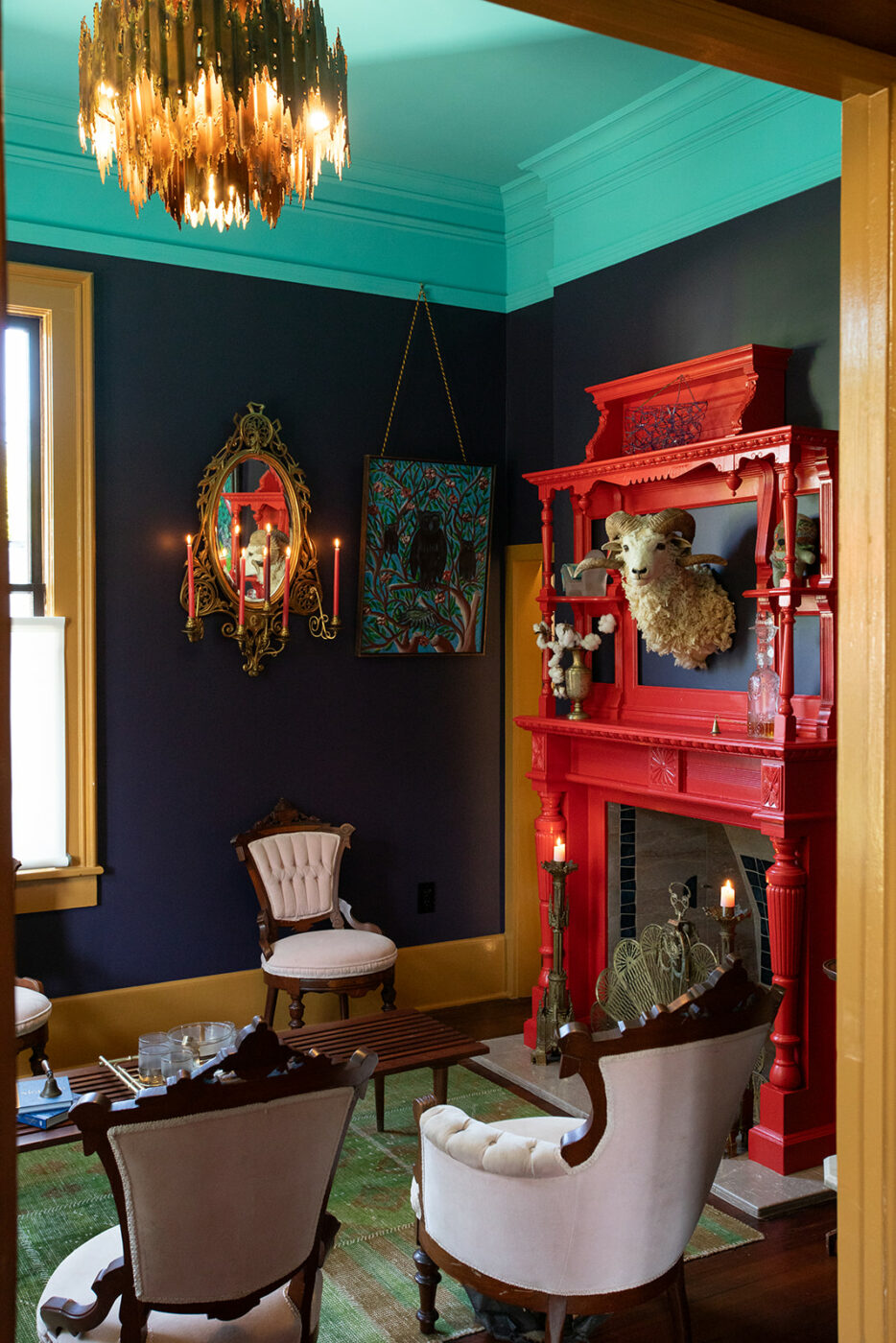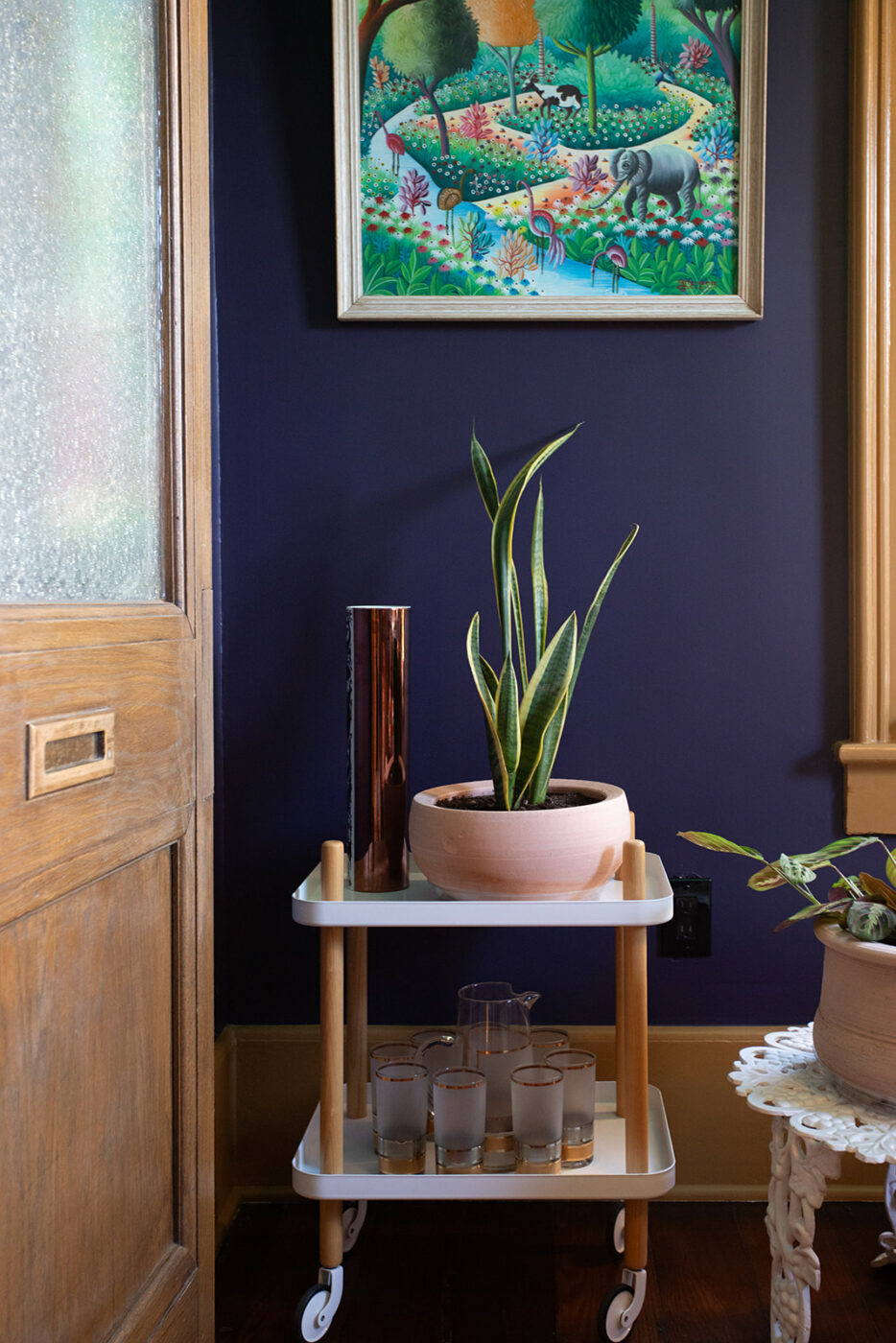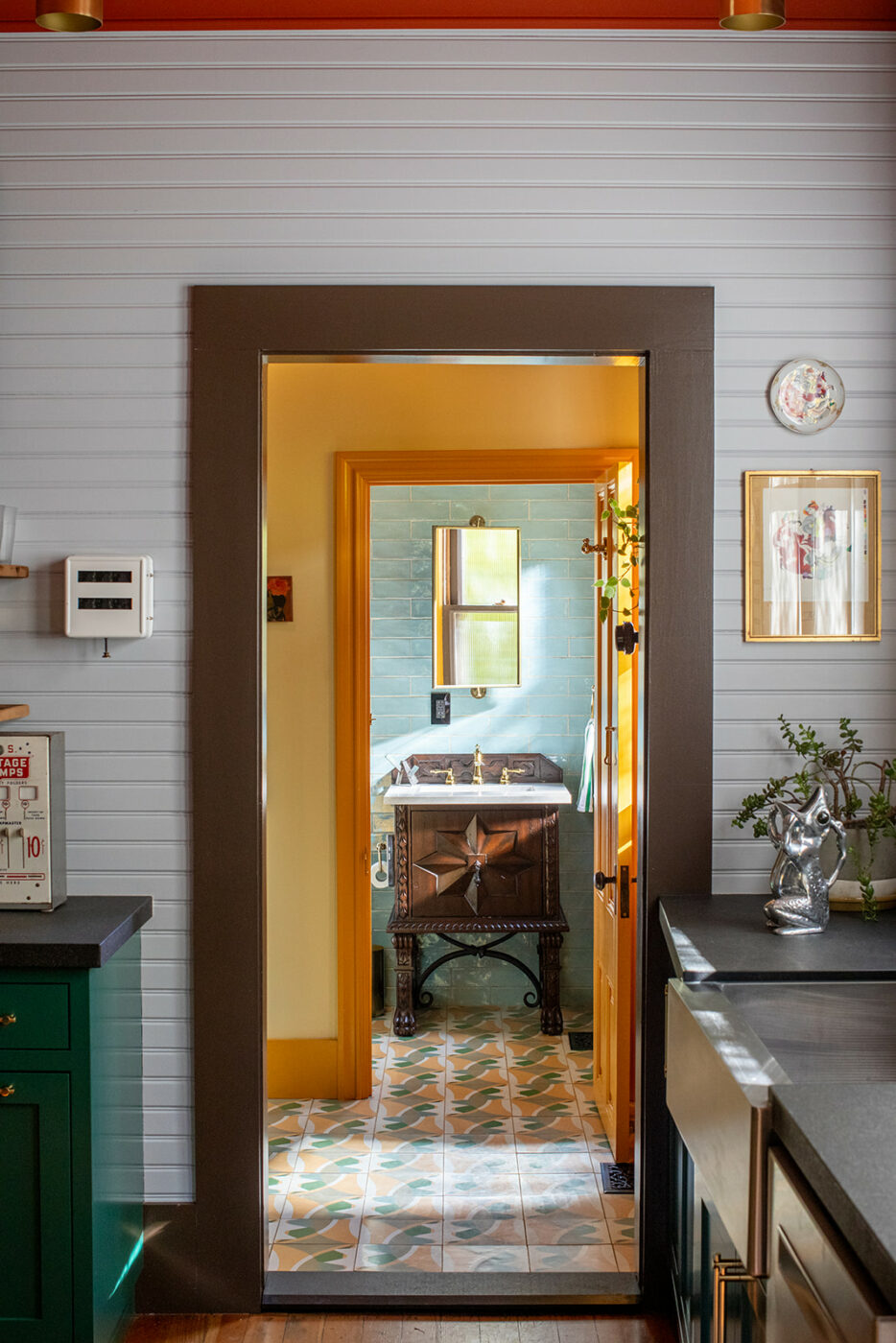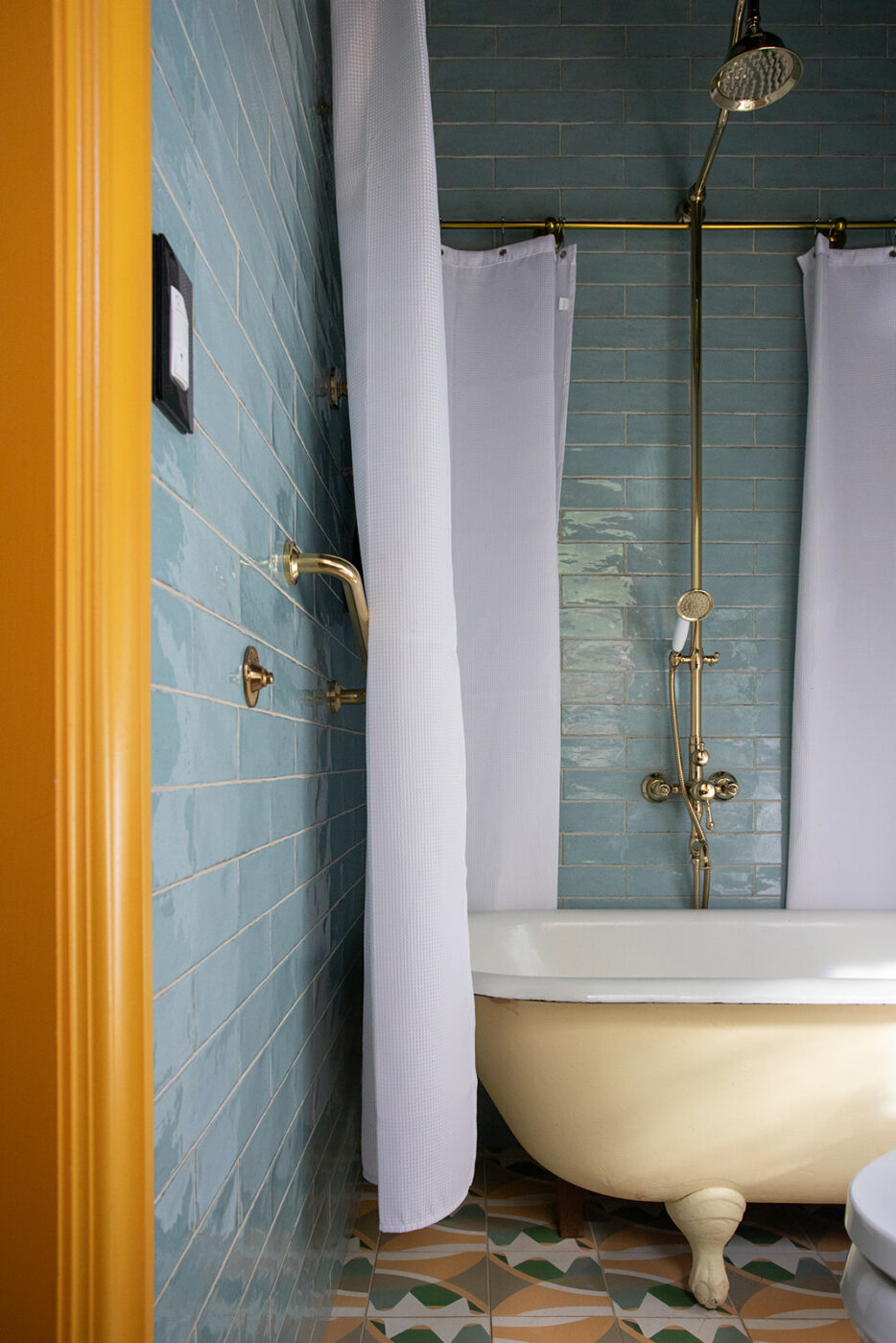When Noah Jeppson showed his husband Corey Rawdon a listing for a historic, Gothic-style Victorian in downtown Healdsburg near the plaza, Corey’s response was immediate, but not in the way that Noah had hoped.
“Oh, it was a hard pass,” Corey remembers, laughing. This was in September 2020, and the couple, who were living in Tahoe, wanted to move closer to San Francisco for work — and to put down some small-town roots in the hope of starting a family together.
“I knew Noah was going to fall in love with it though,” says Corey. “It had the walkability, it had the charm. It was a project we could put our own imagination into, to create something.”
Corey, a marketing executive, and Noah, an experiential graphic designer, had renovated several homes together in the past and knew the draw of bringing an older home into the present.
“When you’re in an old house, you realize you’re the caretaker of the house and you want to do what you can to preserve it, to understand the stories and put together the story of the house,” says Noah.
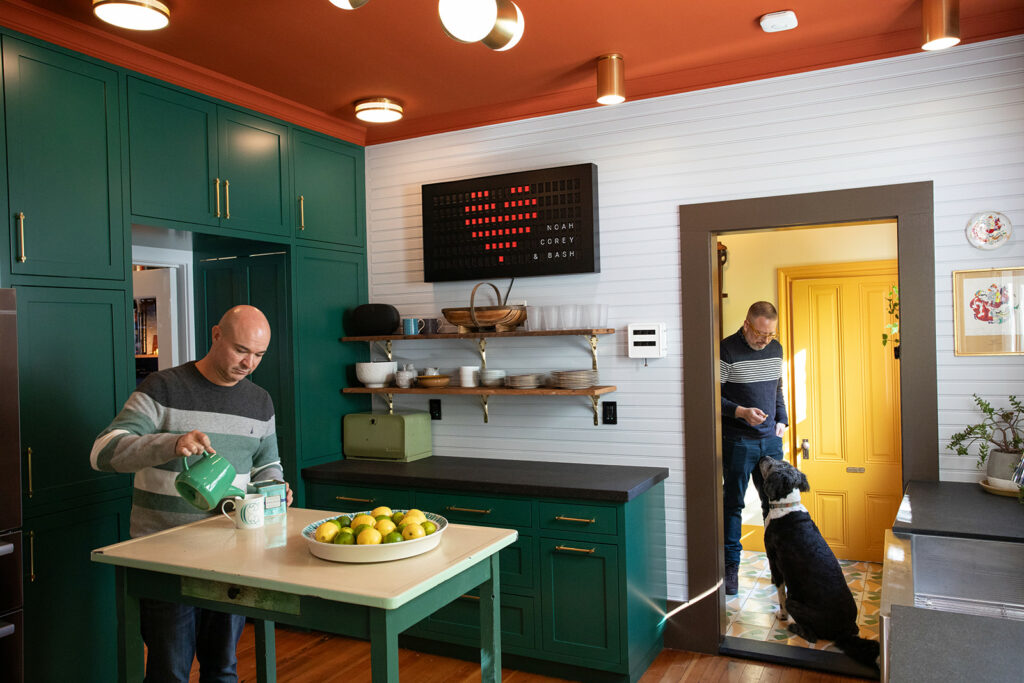
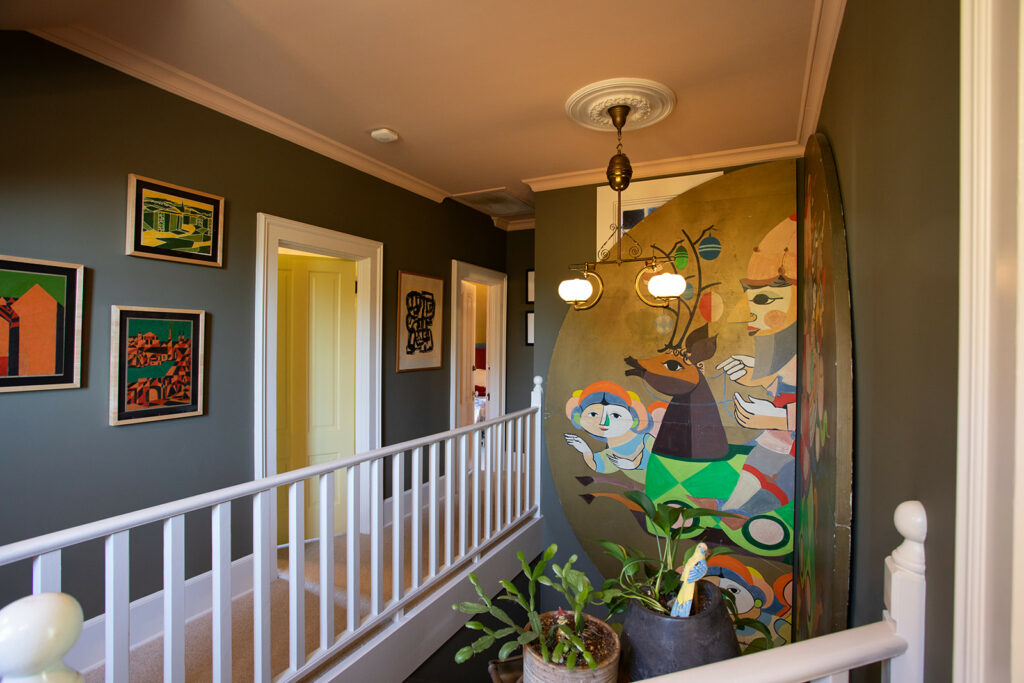
The home had been built in 1884 by one of Healdsburg’s earliest residents, a German immigrant who owned a bar and later served the town as fire chief and mayor. After the owner raised his family, the home had been used as a boarding house and apartments. Though it was in good structural condition, much of the Victorian character had been lost over time.
“Every family that had lived in this house had done something different and made it their own, so we weren’t afraid to do that as well… We wanted to bring back the warmth and the color and the joy,” says Noah.
The couple kept the floor plan intact with separate formal rooms for dining and socializing, but wanted to layer in color and functionality, including a laundry room, a full-size bath downstairs and a new wall of cabinets in the kitchen.
“We drew inspiration from the house itself and what would’ve occurred during the time it was built — having a drawing room, a formal front parlor. But then we wanted to create space for the future, first and foremost for family,” says Corey.
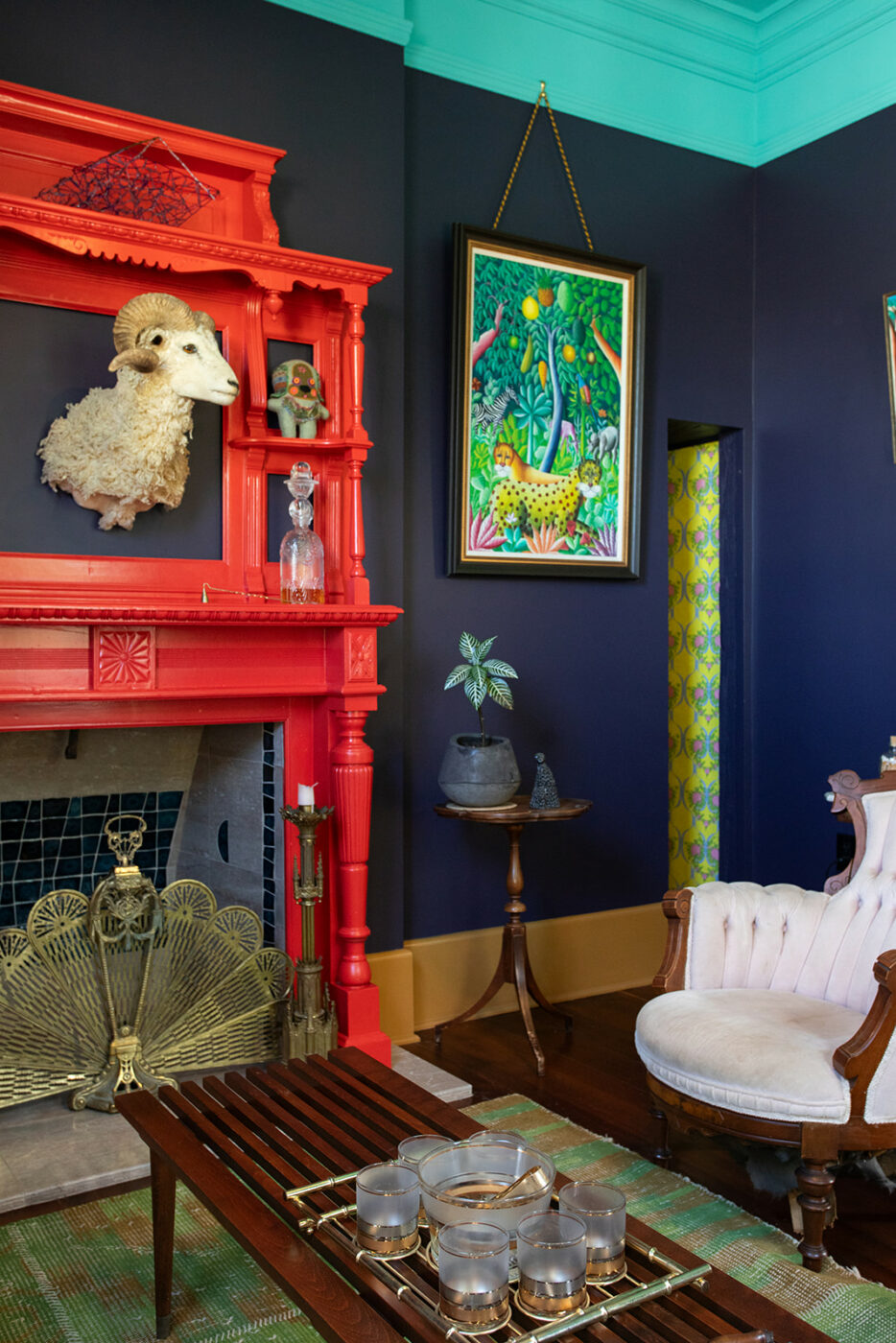
As they restored the home, the couple uncovered traces of the past that helped them understand its history. Behind an existing section of wall, Noah found a school slate used by an early resident who became the town’s first high school graduate. Elsewhere, he found the written signatures of the builders scrawled on walls, old newspapers used as insulation, hand-forged nails — and best of all, a previously boarded-up hidden passageway.
“Noah cannot resist the opportunity to explore,” says Corey. “I was on the phone with him, and he was showing me a section of the wall in the dining room, pushing and tapping on it, and then he said, ‘I’ll call you back. I’m going to get a sledgehammer.’ So he goes and gets the sledgehammer and knocks a hole in the wall, and it just keeps going back into a void.”
“Of course that was just like another invitation to keep exploring some more,” laughs Noah. Later, the couple enlarged the hole and turned it into a passageway connecting the formal front parlor to the dining room, which they use for guests.
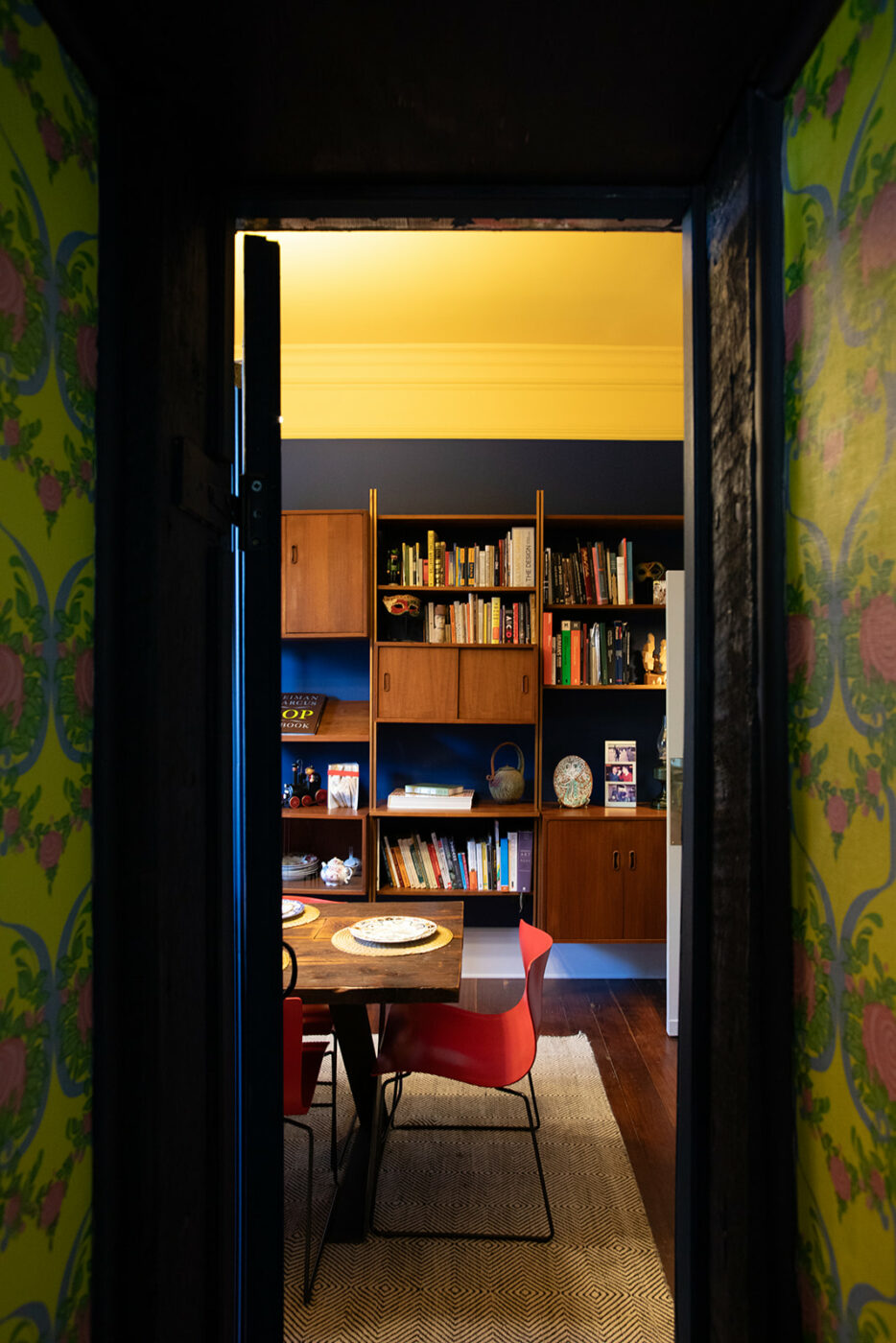
Painting and decorating the space was an opportunity to layer in more historical perspective. Corey chose a bold trio of colors — wall, trim, ceiling — to define each room, a look that he and Noah call “Victorian Pop.” Each room is meant to pop on its own, explains Corey, but some colors become touchpoints that echo throughout the home for continuity. The warm rose-tan in the living room is repeated on the ceiling of the upstairs hall, for example, and the slate-brown window trim reappears in a bedroom. It’s a vivid, design-forward approach to color.
“‘Fortune favors the bold’ is a saying I’ve always lived my life by,” says Corey. “It’s only color. If it doesn’t work, you can always paint over it.”
Noah focused on the home’s decor, sourcing historic furniture, art, and architectural details on Craigslist and at local antique stores. They each had a veto authority over the other’s choices.
“But we didn’t allow each other to say, ‘I kind of like it but I wish it were something different,’” explains Corey. “It was either ‘that’s a no’ — or you had to let the other person run with it. But in allowing ourselves that freedom, we were able to work together almost without trying to. It just naturally happened.”
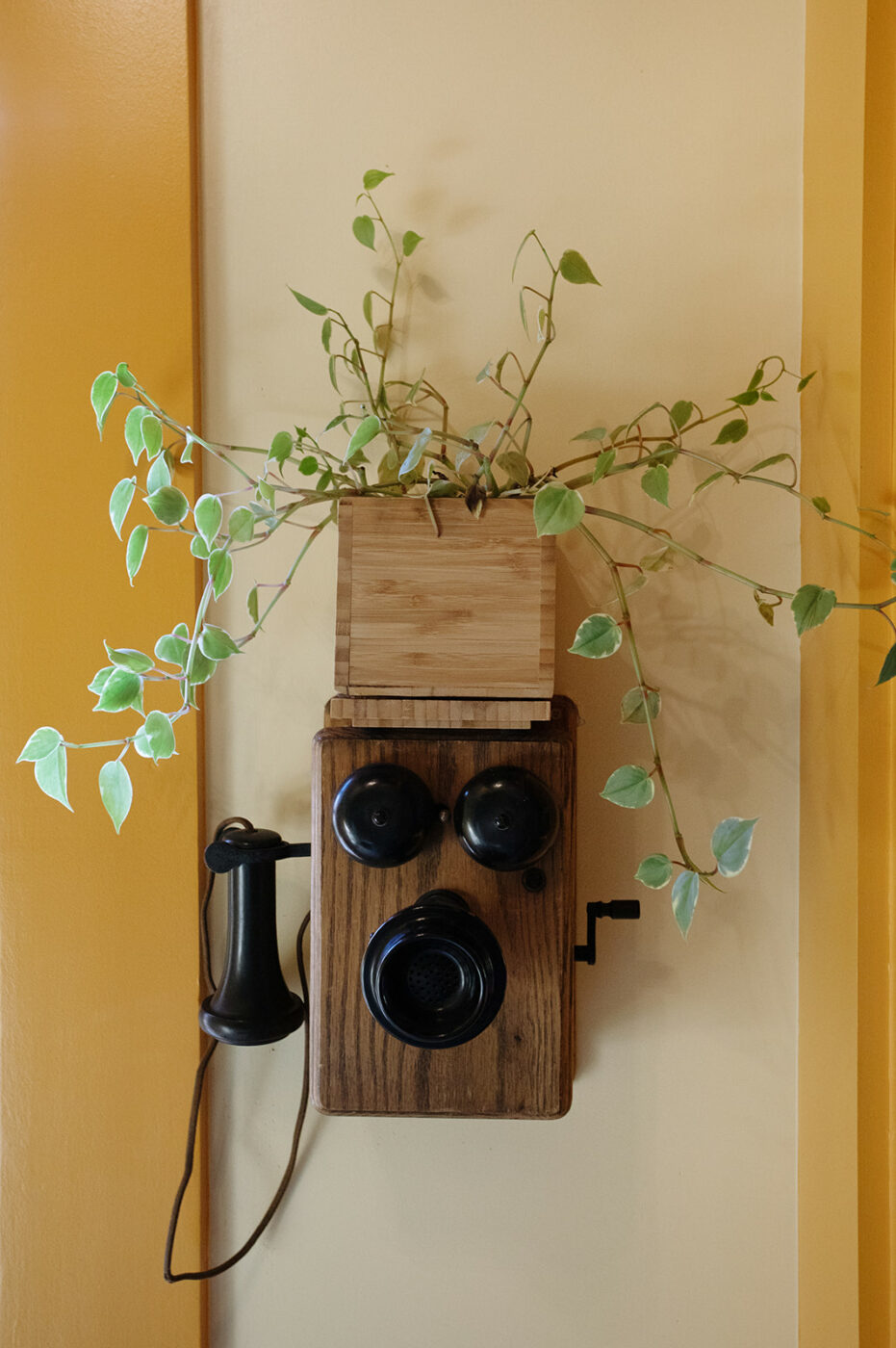
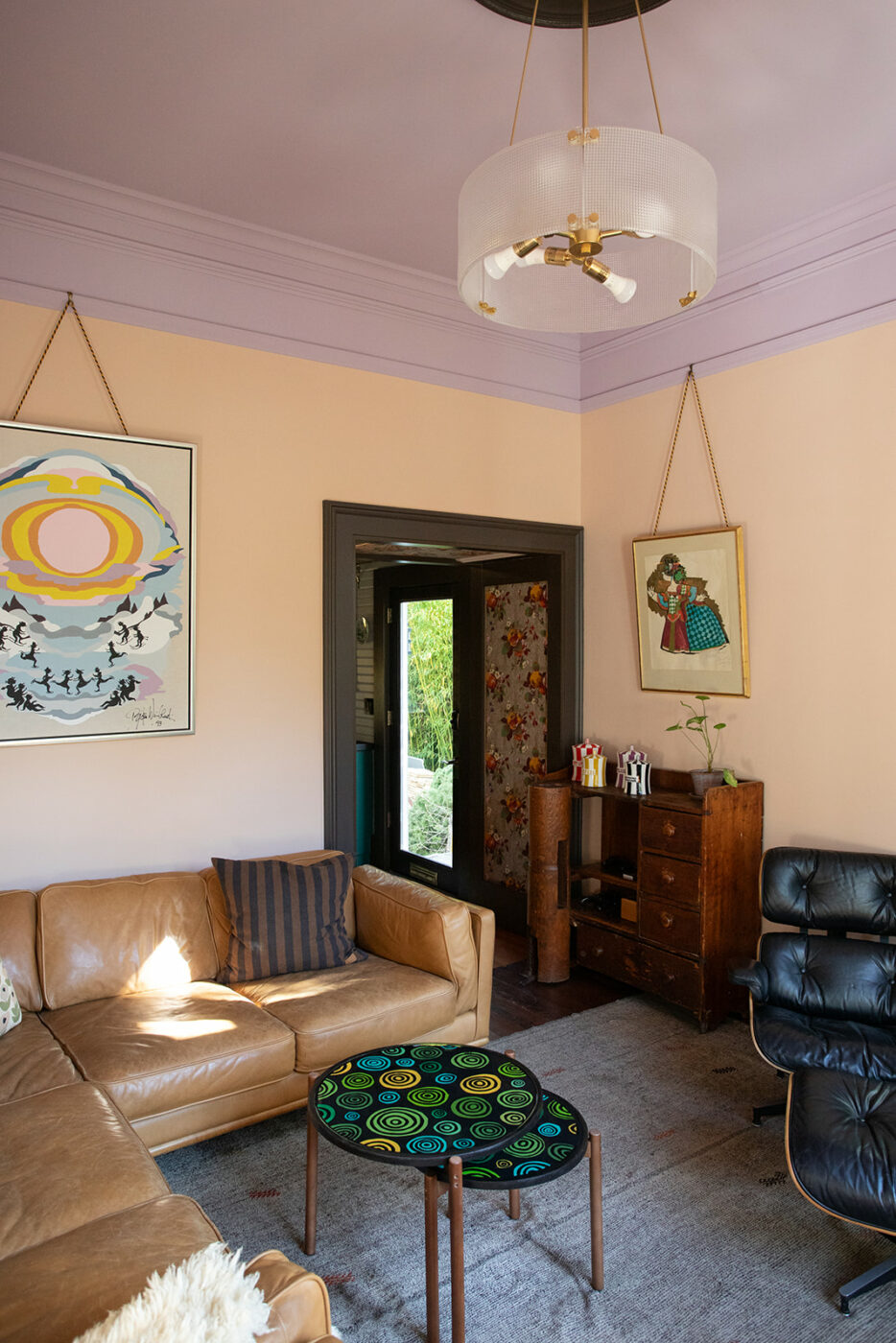
For the past few years, all of the couple’s energy and time has been poured into the house and its many needs. “So it’s like, OK, this year for Christmas, we’re giving each other an antique mantel and tile for the kitchen,” says Noah.
Corey, who grew up in Tennessee, contributed some family heirlooms — his grandmother’s bell, which sits on the table in the formal parlor, a sprig of cotton he picked in Tennessee on the mantle, and a wagon-wheel light in the small outbuilding that the couple use as a shared office.
Neighbors and friends often remark that the home the couple has created together feels a bit like a museum. “And we’re like, sure, it is. But it’s the everyday museum,” says Corey. “The look is highly curated and feels special, but it’s still approachable, and you can go up and touch everything. You can live in it. You can use it. It’s not just for looks.”
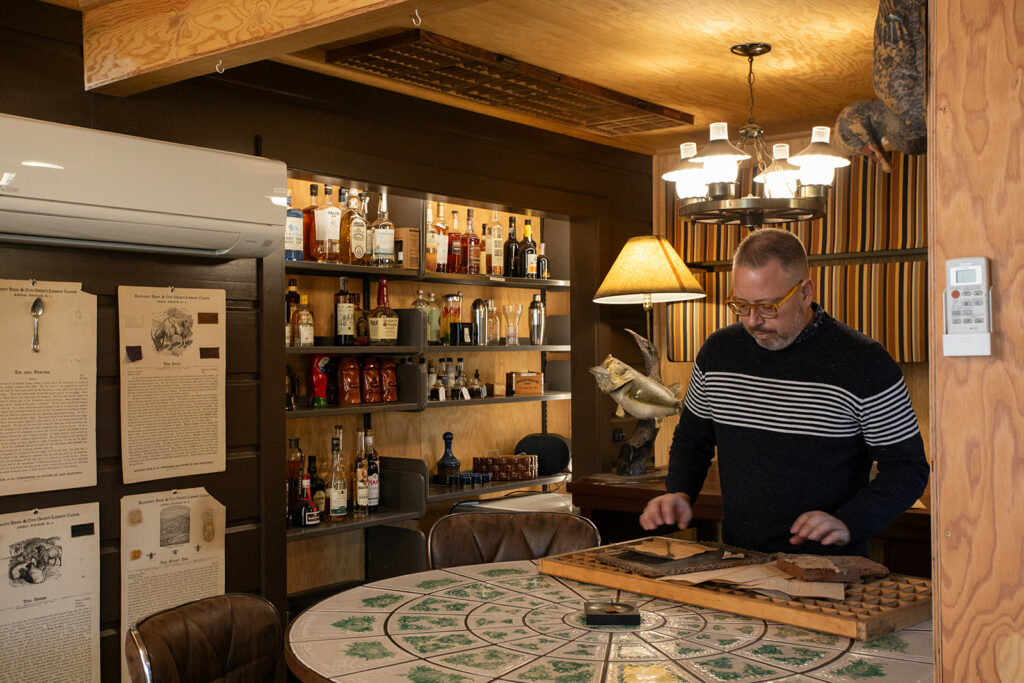
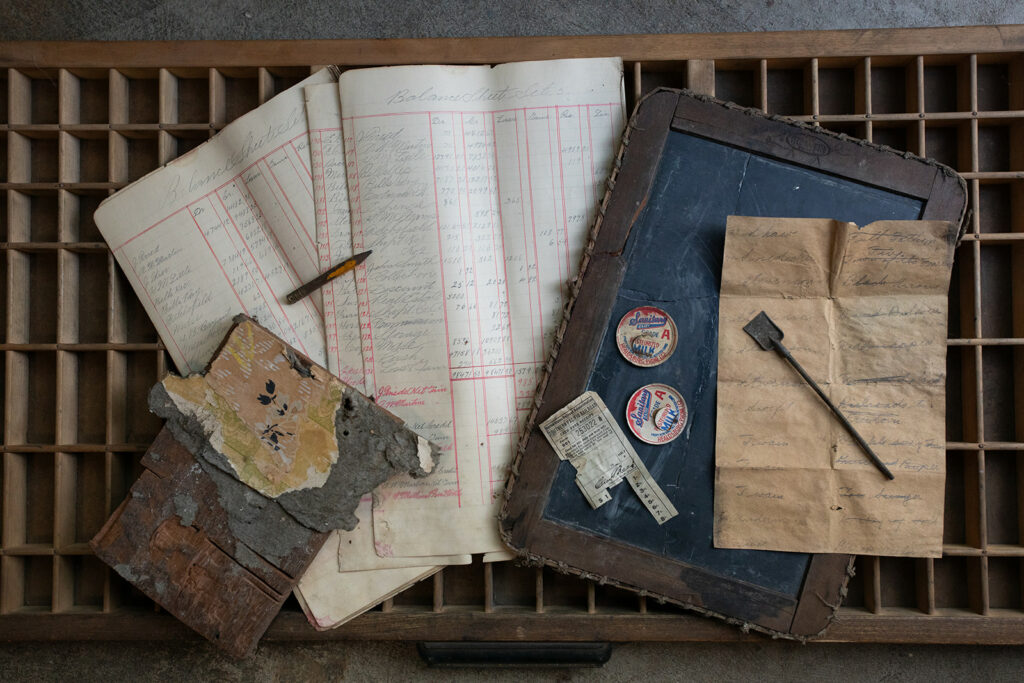
Corey and Noah are now turning their attention to deepening their roots in the community. They’ve built a little free library on the corner of their lot and are currently finishing a renovation of their front garden, creating a space where they can chat with neighbors and their dog, Bash, can play. They both volunteer with the Healdsburg Museum & Historical Society, and Corey now serves on the board of the group. And last summer, they were the host family for a college baseball player who was spending the summer in Sonoma County as a member of the Healdsburg Prune Packers baseball team.
They say they are looking forward to becoming even more a part of the fabric of the town and their neighborhood in their next chapter of life. “Raising kids takes a village,” says Corey. “Part of moving here was to find and build our own community, to have that village so that when we have kids, we have that support system.”
They’ve named their home the Heartwood House, a name they picked in honor of the prime local redwood used in its construction back in the 1880s. But beyond that, the couple say that the name Heartwood House has come to embody a spirit of warmth and community.
“We do just have a lot of heart put into our home,” says Corey. “We’ve found new meaning in this old house.”




